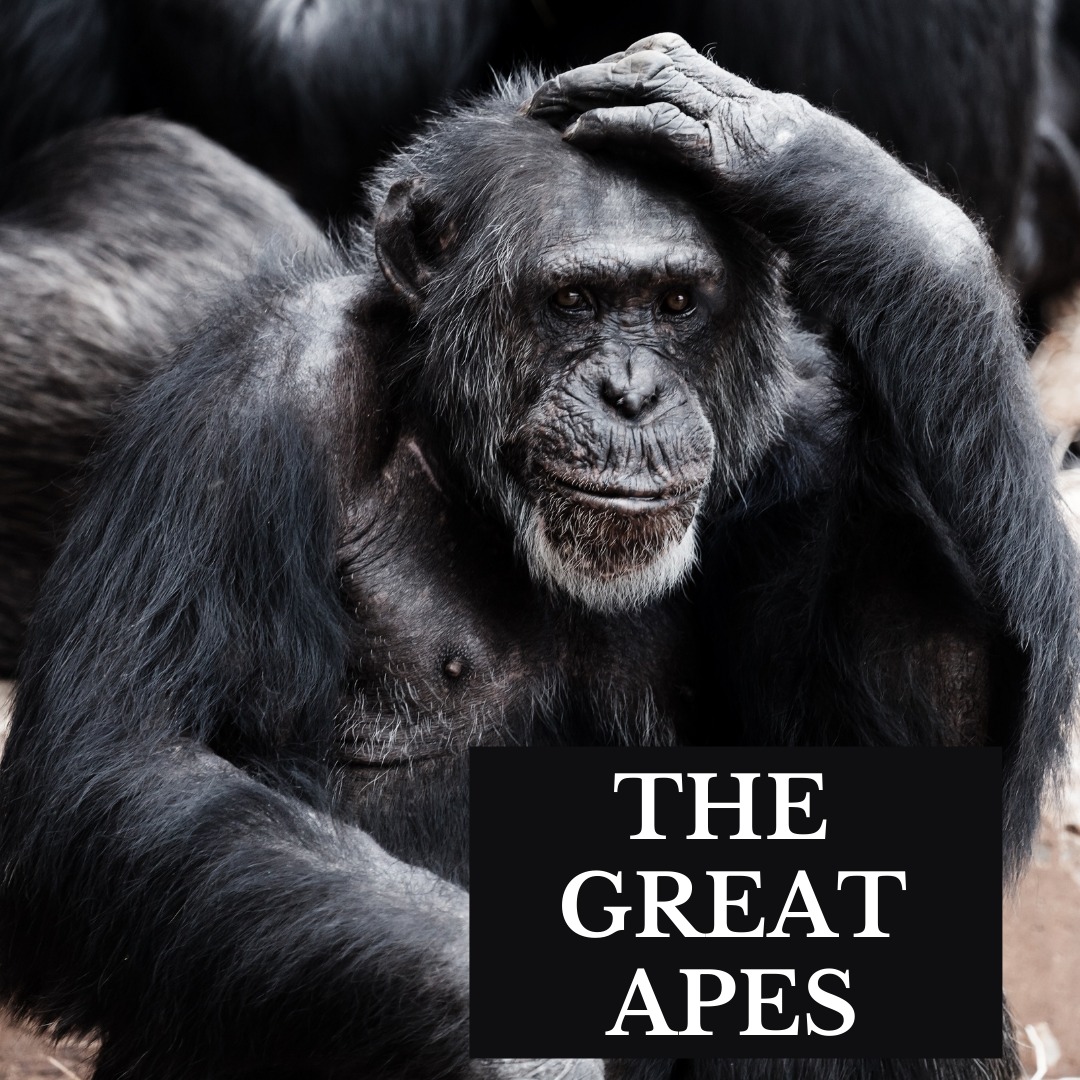✨ Support Small, Shine Big! ✨
💌 60% off with code FESTIVE on She Loves Blooms Jewellery 🌈
🛍️ Free AUS SHIPPING OVER $160🌻

Today is Monkey Day. It’s an unofficial holiday to celebrate monkeys and all things Simian, including other non-human primates such as apes, tarsiers and lemurs. Today is about creating awareness about these species and their ongoing modern-day threats.
One can distinguish monkeys from apes with these traits. Apes are considered more intelligent than monkeys. Apes use tools and display a higher language ability.
 Photo credit: Francesco Ungaro from Pexels
Photo credit: Francesco Ungaro from Pexels
Great Apes include Chimpanzees, Orangutans, Bonobos, Eastern and Western gorillas and are found in Africa and Asia. They are found in jungles, mountainous areas, and savannas. Orangutans are the only apes found in Sumatra (Indonesia) and the Island of Borneo (Indonesia and Malaysia). They are known for their high-level Intelligence, large body size and larger brain to body size ratio.
Some cool facts about apes
 Photo credit: Ludwig Kwan from Pexels
Photo credit: Ludwig Kwan from Pexels
The Great Apes are endangered species and are also on the IUCN Red list. WWF has 10 clusters of priority species, namely big cats, bears, cetaceans, elephants, great apes, rhinos, marine turtles, sharks and rays, vultures and sturgeons. These species are significant ecologically, economically, and/ culturally for our planet.
We need to protect the great apes because they play a key role in the ecosystem; they are seed spreaders, enabling the growth of new trees. Additionally, their ecosystem depends on these trees. These species contribute to the economic development of a region or country through sustainable and eco-friendly tourism.
 Photo credit: Francesco Ungaro from Pexels
Photo credit: Francesco Ungaro from Pexels
Unfortunately, these fantastic and lovely species are losing their habitat quickly due to competition for resources, illegal trade and captivity, palm oil production and consumption, climate change and human activities like agriculture, mining and commercial logging.
Here are a few ways that you can help save the great apes:
I. Visit Ethical Conservation projects/organisations - the finances received through great apes tourism are used to conserve these remarkable animals. Additionally, It creates jobs and other benefits to the local communities.
II. Buy sustainable wood; this encourages sustainable forestry and eliminates illegal logging.
III. Donate to organisations that protect these species. A small contribution goes a long way in supporting and protecting the apes. Please donate as much as you can!
IV. Spread the word and engage in dialogue on why the apes are essential to our existence and why we need to protect them.
 Photo credit: Jonathan Lajoie from Pexels
Photo credit: Jonathan Lajoie from Pexels
Do check out our She Loves Blooms Brooches, inspired by South-East Asian Endangered Monkey species and Great Apes.


(Image: Raffles with Kopi brooch by She Loves Blooms)
Comments will be approved before showing up.